We’re excited to present the fourth part of our series, which delves into ten critical questions about key issues in the offshore wind industry. In this article, our in-house expert on offshore wind, Mike Young, examines marine zones.
1. What is a marine zone?
A marine zone is an area within a wind farm that has specific limitations or restrictions. For instance, vessels may be prohibited from entering a zone, or may need to meet certain requirements before accessing it due to nearby activities such as lifting operations or blade access tasks.
2. Why do you need marine zones?
Marine zones are necessary to ensure all stakeholders are aware of the limitations in place. These zones are communicated to all vessels and personnel working on the wind farm. They also provide a visual representation of the restrictions on a site.
3. What are the different types of marine zones?
Marine zones can serve various purposes, such as excluding vessels from areas around potentially dangerous objects on the seabed. They can also exclude vessels from areas around another vessel performing high-risk activities or around a turbine undergoing external work. Additionally, zones can define a set of actions that must be completed before entry, such as notifying the team working on a turbine.
4. Who adds a marine zone?
A marine zone would usually be added by the marine coordinator once the requirement has been identified. They can be added to a stationary position like a turbine or substation or could be added to an AIS target so the zone moves with the vessel. The zones can take the form of a circular ring around the location at a set distance or a custom shape drawn around an area of work.
5. How do you change a marine zone?
A marine zone can be edited within the Kraken software. Sometimes, a zone is only required during certain tasks and can be activated and deactivated as required. Zones can also be named and given a brief description so everyone understands their purpose and importance.
6. Who needs to know about marine zones?
All vessels and personnel working nearby need to be aware of the marine zones and their specific requirements. By giving everyone access to the Kraken software, the zones are easily communicated, providing an overview of the latest status.
7. What happens if someone ignores a marine zone?
Marine zones can trigger different types of alarms and warnings. The most serious alarms will monitor all vessel locations and routes, triggering an alarm if a vessel is close to or has breached a zone. Other zones will just display a warning if a vessel enters them. Vessels can be excluded from certain zones to prevent unnecessary alarms. An example of this could be a CTV working with an installation vessel. The installation vessel might have a 200m exclusion zone, but you don’t want an alarm every time its CTV enters the zone. However, if a different vessel enters the zone, an alarm will be triggered.
8. Where are marine zones managed in the Kraken software?
Marine zones have their own dashboard where new zones can be added and existing zones can be deleted, edited, activated or deactivated. The zones are graphically shown on the marine map as a selectable layer, allowing the user to choose whether to see them or not.
9. Why is it important to manage marine zones in an integrated system?
The integrations working alongside the marine zones dashboard allow the users to have the latest data to hand. For example, if a marine zone is required due to a restriction from an outdated work order, this can be seen within the same system. When the work order is completed, the restriction and associated marine zone can be updated quickly, efficiently, and accurately.
10. How many marine zones are typically in place at any one time?
There could be over 50 marine zones on a wind farm depending on its size and activity. During a busy campaign it might be necessary to have zones around multiple turbines and vessels, along with the historic zones added during construction that will remain in place for the life of the wind farm.

